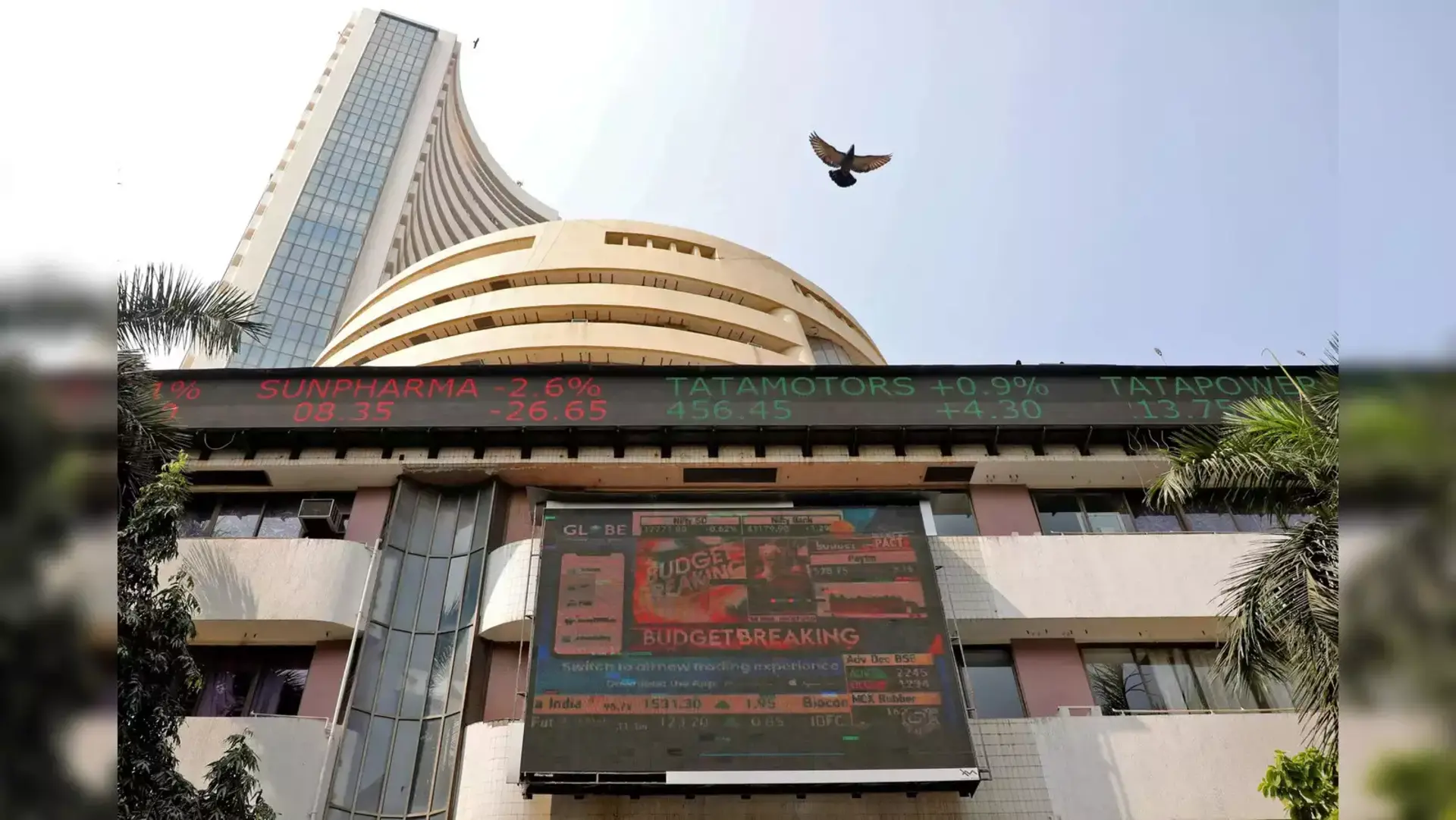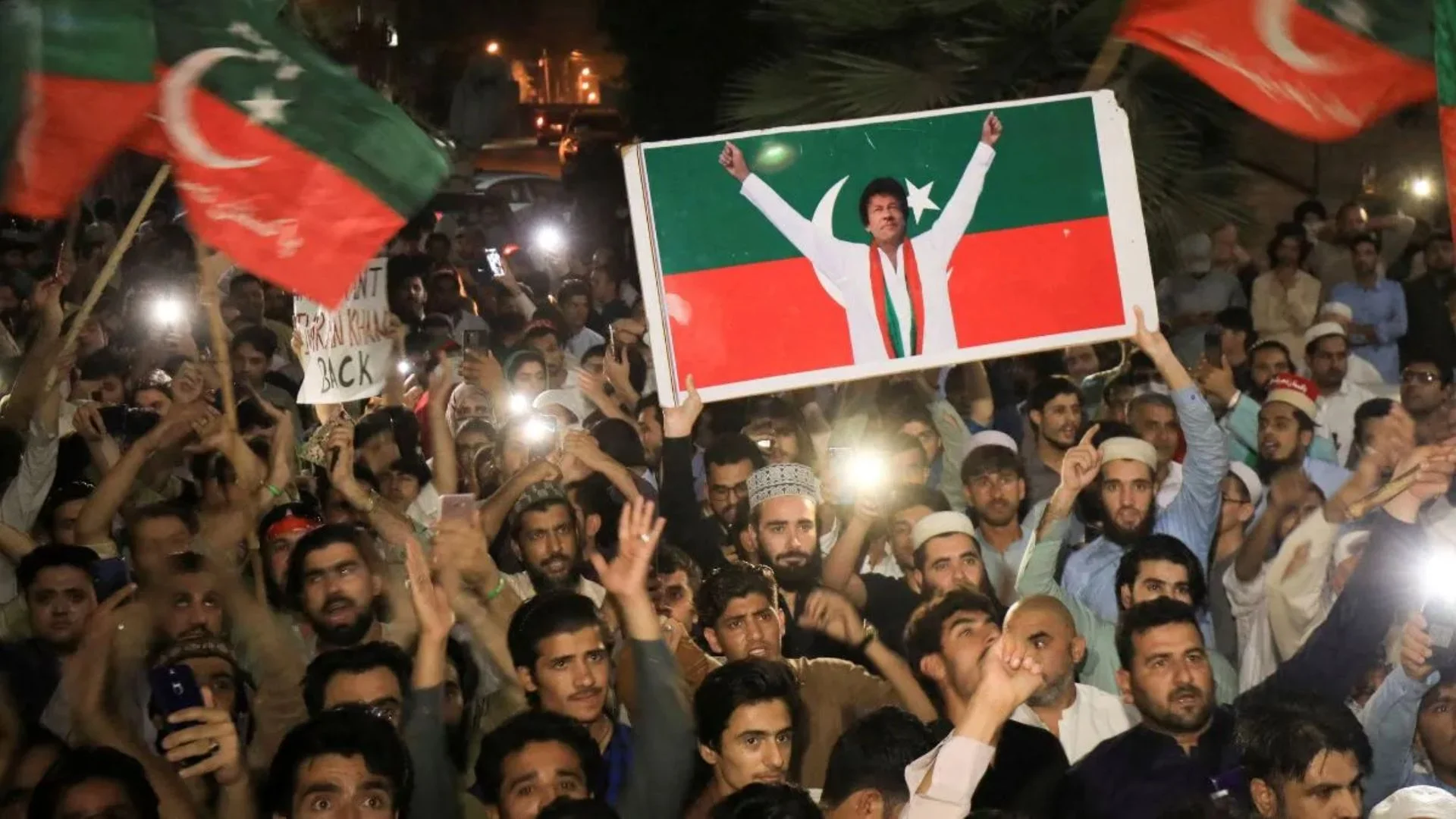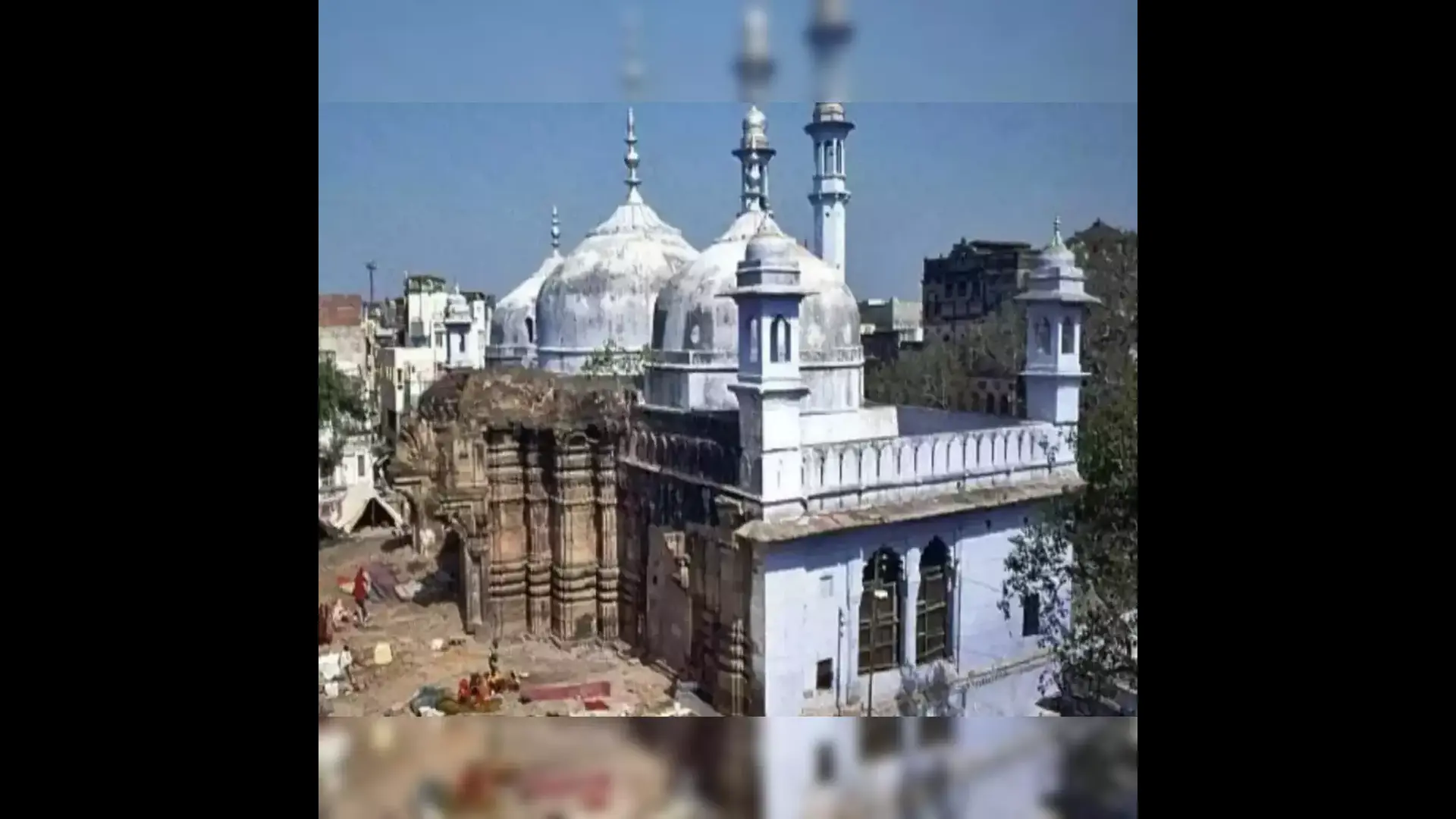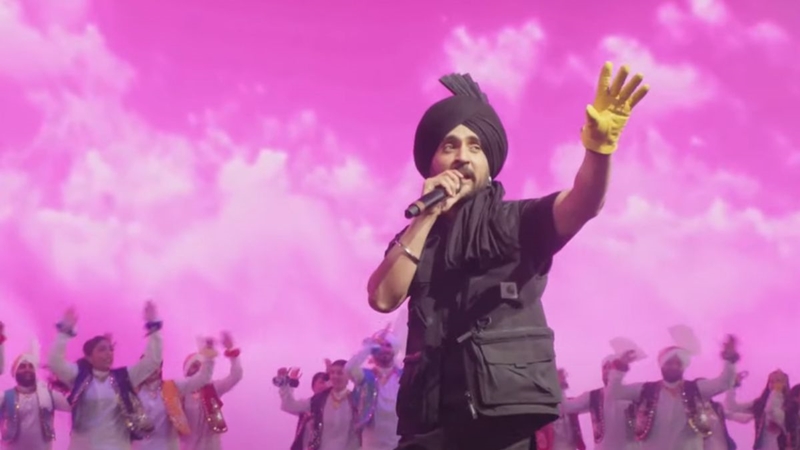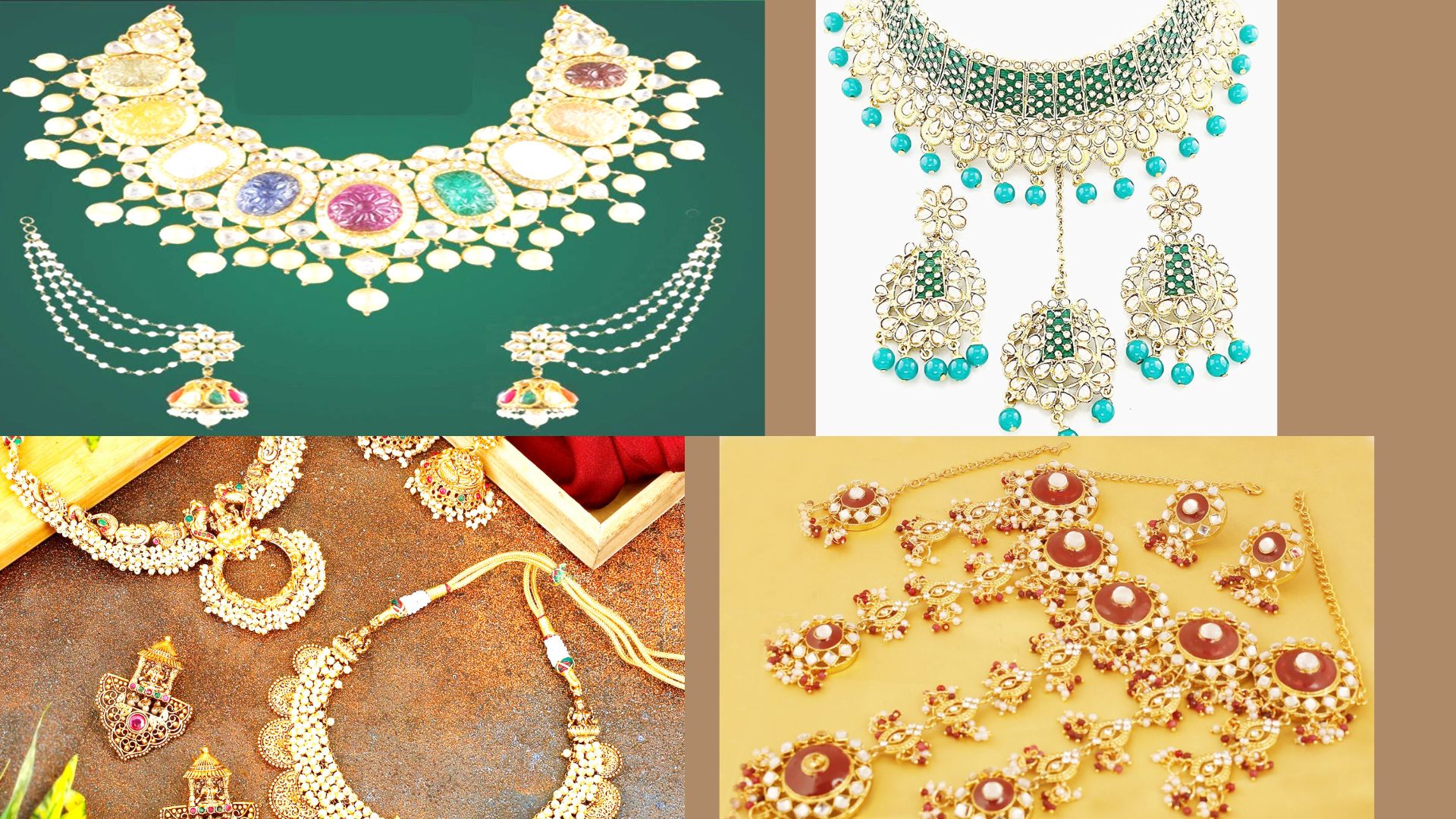
Rajasthan is, known for its rich history, culture, and heritage. Everything about Rajasthan has a history, a legacy and tales that will continue to speak through ages. The ostentatious and royal state has always been known for kings, queens their palaces and lifestyle. Theirs tales of chivalry shall echo in all ages. But the stories of how the sand of Rajasthan sparkles has shown its glimpses through the jewels, stones and jewellery that was worn by the royal families of the state. Till date the gems and stones contribute to the economic heritage all around the world.
The jewel laden extravaganza of Rajasthan
Jewellery holds immense cultural significance in Rajasthani culture and is an integral part of the region’s heritage. Jewellery has been an important aspect of Rajasthani culture for centuries and is deeply ingrained in the social fabric of the state. The importance of jewellery can be seen in various aspects of Rajasthani life, including weddings, festivals, and religious ceremonies.
The significance of jewellery varies across different regions of Rajasthan. In Western Rajasthan, for instance, jewellery is often made of silver and is intricately designed using techniques such as Kundan and Polki. This type of jewellery is often worn by women and is an important part of bridal attire. In Eastern Rajasthan, jewellery is made using traditional techniques such as Meenakari and Thewa and is often adorned with colorful beads and stones. In Southern Rajasthan, jewellery is made using a mix of silver, gold, and precious and semi-precious stones. This region is particularly famous for its Sambharani jewellery, which is known for its unique design and craftsmanship. In Northern Rajasthan, jewellery is often made using gold and is known for its intricate designs and use of precious stones.
• Overall, jewellery plays an important role in Rajasthan’s culture and is a reflection of the state’s rich cultural heritage. The significance of jewellery varies across different regions of Rajasthan, with each region having its unique style and design. Jewellery is not only seen as an accessory but is also an important symbol of wealth, status, and power.
• Western Rajasthan is known for its intricate and beautiful jewellery, which is made using techniques such as Kundan, Polki, and Meenakari. The jewellery of Western Rajasthan is an important part of the region’s heritage and is widely popular among women.
Kundan jewellery
Kundan jewellery is one of the most popular types of jewellery in Western Rajasthan. It is one of the oldest form of jewellery. The word ‘Kundan’ means pure refined gold. This type of jewellery is made by setting precious and semi-precious stones, such as diamonds, rubies, emeralds, and sapphires, in gold foil. The stones are then encrusted in a layer of pure gold, giving the jewellery a stunning and intricate look. Kundan jewellery is often worn by brides during their wedding ceremonies and is considered to be a symbol of wealth and status. Kundan is a form of jewellery made from gold, usually with a core of wax. The art of making kundan is also known as jadau jewellery.
Jadau jewellery
It’s one of the oldest method of making and setting stones and gems carving them into beautiful pieces. It was brought by The Mughals and requires adept craftsmanship, precision and creativity. It is one form that is still done by skilled people. The intervention of technology is not seen which makes it even more exquisite.
Polki jewellery
This jewellery is a different form pf diamond jewellery. Diamonds have always been popular among the kings and queens and have continued to be gracing the accessories and ornaments forever. Polka is a different name and technique that gives a unique glittering experience. The diamond does not undergo several stages of processing to take on its ultimate shape as polished diamonds do. These diamonds are used in their natural form and not given any physical or chemical treatment. So they are retained and set the way they look and feel original. Polki jewellery is another popular type of jewellery in Western Rajasthan.
Meenakari jewellery
This style of jewellery is another exceptional form of art and a must in the jewellery boxes of many people. it originated in Persia and later brought to India by the Mughal invaders, Meenakari jewellery was quite a native style of jewellery which saw the light of popularity in India only when Raja Man Singh of Mewar decided to flaunt it for his portraits and several ceremonies. Precious and semi-precious stones embedded on the molten coloured glass of varied colours with outlines and bordering done with wires and molten form of gold and silver are some of the most important making factors of Meenakari jewellery. For royalties, crushed and molten precious and semi-precious stones were used for the colouring procedure, whereas the glass powder was used to produce cheaper versions of Meenakari jewellery for the locals. Meenakari jewellery is also widely popular in Western Rajasthan. This type of jewellery is made by enameling gold or silver with different colors, giving the jewellery a bright and vibrant look. Meenakari jewellery is often adorned with precious and semi-precious stones and is known for its intricate designs and patterns.
• Besides Rajasthan rich heritage has also been adorned by other metals like silver, gold, and precious and semi-precious stones. The jewellery is often designed to match the attire worn during weddings and other special occasions, and the designs are passed down as family heirlooms. They are not only used to flaunt but also contribute to wealth of many families in Rajasthan. They make celebrities, actors, and international renowned names dazzle with their glam and luster.
The Hadoti or Eastern Rajasthan also has its uniqueness. The jewellery made and worn in this region also Eastern Rajasthan, also known as Hadoti, is another region in Rajasthan renowned for its unique styles and designs of jewellery. The jewellery of Eastern Rajasthan is typically made using gold, silver, and beads and is known for its exquisite craftsmanship and intricate designs.
One of the most popular styles of jewellery in Eastern Rajasthan is Thewa jewellery. Thewa jewellery is made by fusing gold onto a sheet of glass and then carving into deliacte designs and patterns into the gold layer. The glass is then backed with gold to create a beautiful and intricate piece of jewellery. Thewa jewellery often features motifs inspired by nature, such as flowers, leaves, and birds, and is known for its vibrant colors and intricate designs.
In terms of materials, gold and silver are the most commonly used metals in Eastern Rajasthan jewellery. Beads, pearls, and precious and semi-precious stones are also widely used in the jewellery. The jewellery often features intricate designs and patterns, such as filigree work, which involves the twisting and shaping of thin wires of gold or silver to create intricate designs.
So it can be said that extravagance, flamboyance, elegance beauty and royal touch flows in all features in the vibrant state of Rajasthan.
The people live a full and colorful life. Overall, the jewellery of Rajasthan is known for its unique styles and designs, exquisite craftsmanship, and rich cultural heritage. Kundan, Polki, Jadau, and Meenakari are some of the famous styles of jewellery in the region, and the jewellery items, including necklaces, bracelets, earrings, anklets, and rings, are considered to be an important part of the region’s cultural and history.


